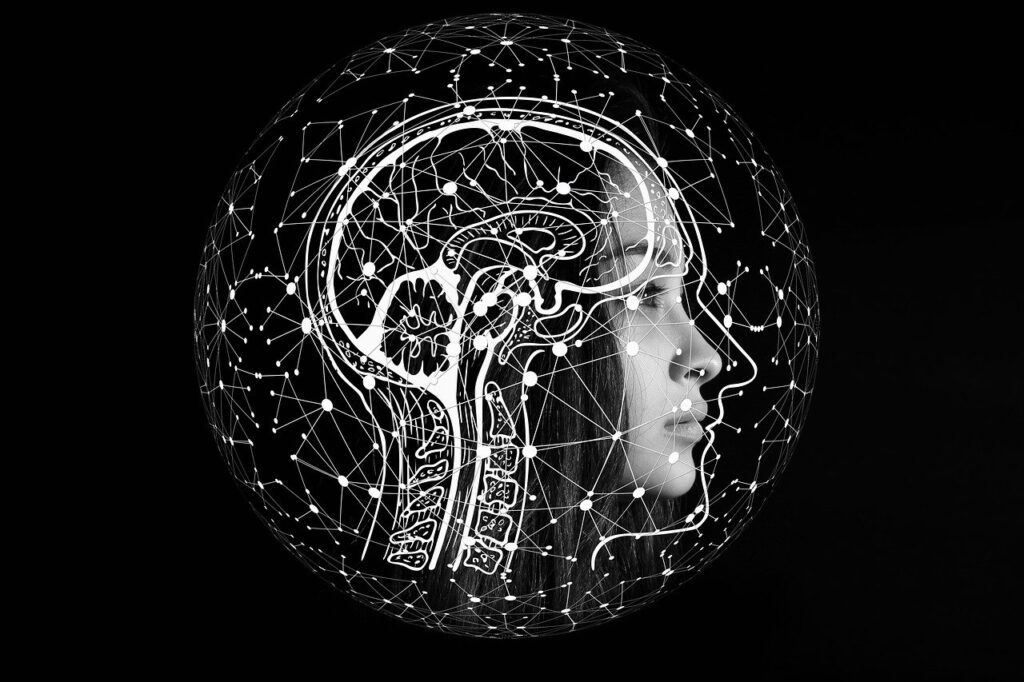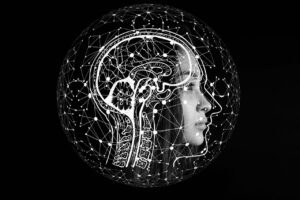The Best Image Dataset in 2023
Introduction to Image Datasets
As we step into the year 2023, the significance of image datasets in various fields such as machine learning, artificial intelligence, computer vision, and data analysis continues to grow. Image datasets play a pivotal role in providing the foundation for training and testing models, enabling the development of innovative technologies and applications. An image dataset is a collection of labeled images that serves as a crucial resource for researchers, developers, and data scientists. These datasets encompass a wide range of visual data, from natural scenes and objects to medical images and satellite imagery, offering a rich source of information for pattern recognition and predictive analytics.
Importance of High-Quality Image Datasets
The quality of an image dataset directly impacts the performance and accuracy of machine learning models and AI systems. High-quality image datasets not only contribute to the robustness and reliability of algorithms but also enhance the interpretability and generalization of results. By leveraging meticulously curated and diverse image datasets, researchers and practitioners can address complex real-world problems, such as object detection, facial recognition, autonomous driving, and medical diagnosis, with greater precision and efficiency. Moreover, high-quality image datasets foster transparency and accountability in AI applications, ensuring that the technology is ethically and responsibly deployed across various domains.
Characteristics of the Best Image Datasets
The best image datasets exhibit several key characteristics that set them apart as valuable resources for advancing research and innovation. Firstly, diversity and inclusivity are essential attributes of top-tier image datasets, encompassing a wide spectrum of visual content across different domains, cultures, and demographics. Secondly, the best image datasets are meticulously annotated with accurate labels and metadata, enabling the development of robust supervised learning models and facilitating benchmarking and evaluation tasks. Furthermore, high-resolution and high-fidelity images contribute to the richness and authenticity of image datasets, empowering the training of sophisticated deep learning architectures and enhancing the fidelity of visual recognition tasks.
The Role of Image Datasets in Machine Learning and AI
In the realm of machine learning and AI, image datasets serve as the cornerstone for training and validating algorithms that power a myriad of applications and systems. Whether it’s training convolutional neural networks (CNNs) for image classification, building generative adversarial networks (GANs) for image synthesis, or developing object detection models for autonomous vehicles, image datasets provide the raw material for teaching AI systems to perceive, interpret, and make decisions based on visual information. The pivotal role of image datasets in machine learning and AI underscores their indispensable nature in shaping the future of technology and innovation, driving advancements in computer vision, natural language processing, and beyond.

Popular Image Datasets in 2023
In 2023, several image datasets have gained prominence for their breadth, depth, and relevance in fueling cutting-edge research and applications. The ImageNet dataset, known for its vast collection of labeled images spanning thousands of categories, continues to serve as a benchmark for image classification and object recognition tasks. Additionally, COCO (Common Objects in Context) dataset has garnered attention for its comprehensive annotations and diverse visual content, making it a valuable resource for tasks such as object detection and segmentation. Moreover, medical imaging datasets like NIH Chest X-ray Dataset and MURA (Musculoskeletal Radiographs) dataset have emerged as critical assets for training AI models in healthcare and diagnostics, contributing to advancements in disease detection and medical imaging analysis.
How to Access and Utilize Image Datasets
Accessing and utilizing image datasets involves leveraging various platforms, repositories, and APIs that host and provide access to a wealth of visual data. Platforms such as Kaggle, TensorFlow Datasets, and Open Images Dataset offer a wide array of best image datasets, along with tools and resources for exploration and experimentation. Additionally, cloud-based services from providers like Amazon Web Services (AWS), Google Cloud Platform, and Microsoft Azure offer scalable infrastructure for storing, managing, and processing large-scale best image datasets. Data scientists and developers can also access domain-specific best image datasets from sources like medical imaging repositories, satellite imagery providers, and government databases, tailoring their data acquisition strategies to the unique requirements of their projects and applications.

Choosing the Right Image Dataset for Your Project
Selecting the right best image dataset for a specific project or research endeavor entails a thoughtful and systematic approach that considers the domain, task, and objectives at hand. Factors such as data quality, diversity, and relevance to the target application play a crucial role in determining the suitability of an best image dataset for a given task. Moreover, the scalability and licensing terms of best image datasets should be carefully evaluated to ensure seamless integration and compliance with project requirements. By conducting thorough research, consulting domain experts, and leveraging comprehensive evaluation metrics, practitioners can make informed decisions when selecting image datasets, laying the groundwork for successful and impactful data-driven initiatives.
Future Trends in Image Datasets
Looking ahead, the landscape of image datasets is poised to undergo transformative developments, driven by advancements in data collection, annotation, and synthesis techniques. The integration of multimodal data sources, including text, audio, and sensor data, is expected to enrich best image datasets, enabling holistic and context-aware AI models. Furthermore, the proliferation of federated learning and privacy-preserving techniques will influence the creation of distributed and secure best image datasets, fostering collaborative and ethical data sharing practices. Additionally, the emergence of generative models and synthetic data generation approaches will expand the scope and diversity of best image datasets, empowering the training of AI models on simulated and augmented visual data, ultimately enhancing the robustness and adaptability of machine learning systems.
Ethical Considerations in Using Image Datasets
Amidst the proliferation and utilization of best image datasets, ethical considerations play a pivotal role in ensuring responsible and equitable practices in AI and machine learning. The ethical use of best image datasets encompasses aspects such as data privacy, consent, bias mitigation, and fairness in representation. Safeguarding individuals’ privacy and rights in image datasets, particularly in sensitive domains like healthcare and surveillance, necessitates robust anonymization and data protection measures. Moreover, addressing biases and ensuring diversity and inclusivity in best image datasets requires diligent curation and validation processes, promoting the equitable representation of diverse demographics and cultural contexts. By upholding ethical principles and embracing transparency in dataset creation and usage, the AI community can foster trust, accountability, and positive societal impact through responsible data-driven innovation.
Conclusion
In conclusion, the year 2023 heralds a new era of possibilities and advancements in the realm of image datasets, shaping the trajectory of machine learning, artificial intelligence, and computer vision. As the demand for high-quality visual data continues to surge, the significance of diverse, well-annotated, and ethically curated image datasets becomes increasingly pronounced. By harnessing the power of these datasets, researchers, developers, and organizations can propel the frontiers of innovation, driving breakthroughs in healthcare, autonomous systems, e-commerce, and beyond. As we navigate the evolving landscape of image datasets, it is imperative to uphold ethical standards, embrace inclusivity, and leverage the transformative potential of visual data to create a future where AI and machine learning serve as forces for positive change and empowerment.
For more contents visit:
Unveiling the Power of the best ImageNet Dataset: Exploring the Impact and Potential Across Industries
Best ways to find image dataset

